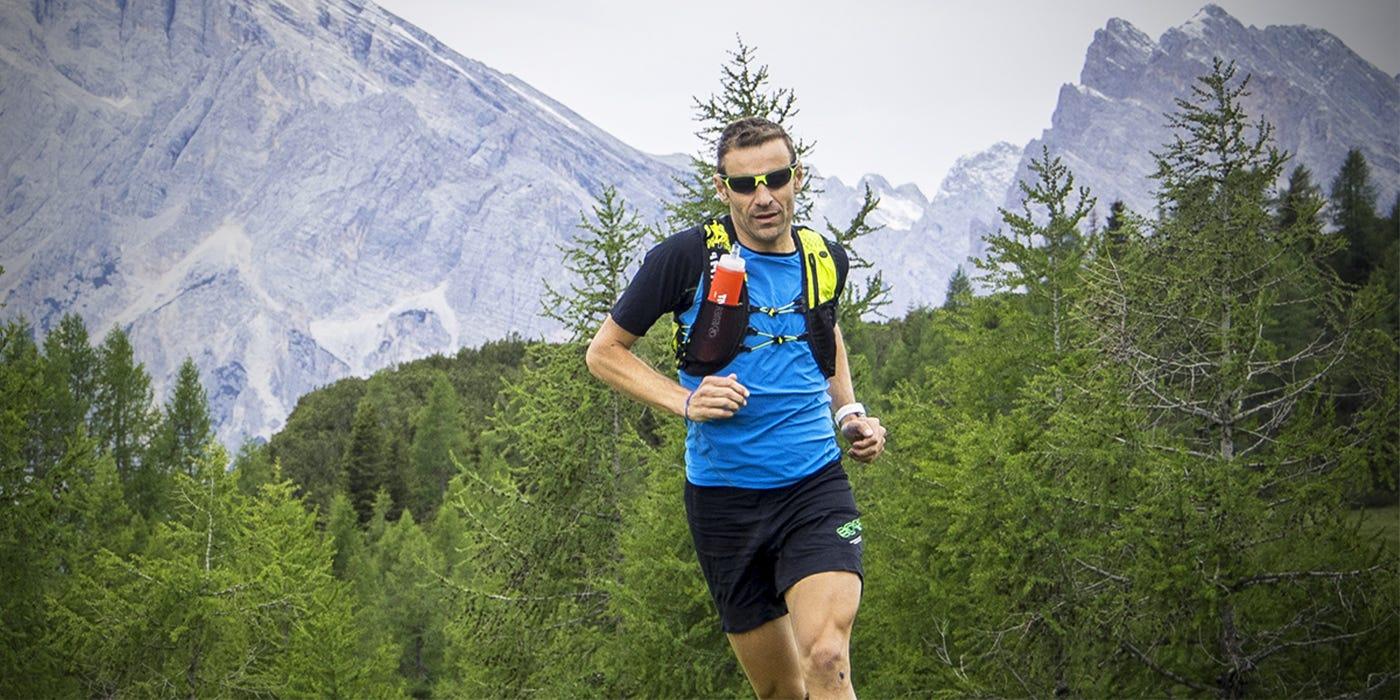Trail running is steadily becoming increasingly popular in the running community. The term trail running implies to all forms of running away from paved roads. According to Steven Rindner, typical trail running surfaces include single trails, paved paths, forest and field paths, grass and meadows, stone and scree paths, and at times even sand. The experience of being close to nature and enjoying amazing views is among the biggest motivations for trail running. It allows people to get their workout while having an adventure in nature.
Steven Rindner sheds light on the approach trail running beginners should follow
For beginners, it would be better to start with short runs, between 2km – 5km, to give their body enough time to adjust to running on more rugged terrain. After all, trail running does require a high degree of focus, and injuries may happen in case one gets distracted and slips on a loose rock or takes a wrong step. Running on trails would seem tougher than one’s usual running routine. Therefore, runners must not judge their time or pace based on their previous road runs. Many people approach trail running as a form of power hiking. There can be many moments on the trail where the runners may have to slow down or walk and hike parts of the trail. This is a good way to pace oneself, and avoid overexerting the body. It particularly is important to take it slow when running uphill. Runners should listen to their body and consider hiking parts of the trail that feel too tricky or technical.
While running on a trail, runners should use their arms and try to find the center of gravity. Keeping the arms and hands free shall be a good way to stay balanced on uneven terrains or trickier parts of the trail. One should try to wing out their elbows in order to spread their center of gravity, particularly when running downhill. Looking ahead instead below is another good tip that can help newbie trail runners to keep themselves steady in the run. Even though a lot depends on the part of the trail and how technical it is, having a steady frame with one’s eyes tracking obstacles a few meters ahead is the most efficient way to avoid slips and falls.
Steven Rindner points out that when one is getting started with trail running, they are quite likely to be more used to having a very wide stride. This is particularly true for runners used to fast, road-running. In order to stay balanced and make sure that their pace is on track, it would be smart to take smaller strides and be more agile or fast with the feet and shoe placement. Extending the stride may come naturally, especially when running downhill. However, this can cause the runner to become unbalanced while running too. Therefore, to maintain their balance, runners must try their best to shorten their strides and go a bit slower. This would help in reducing the impact on the body while running on technical trails.
